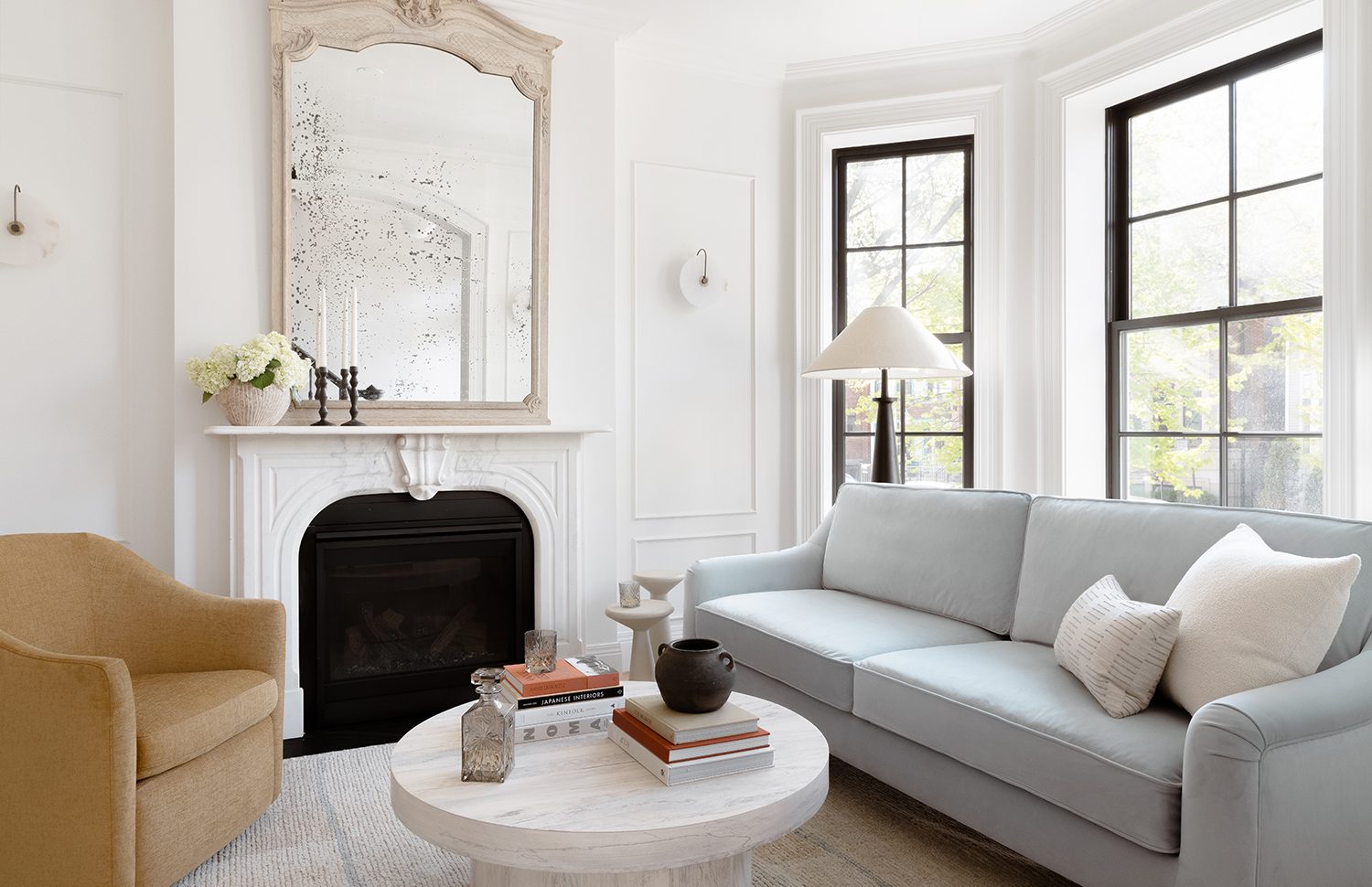When Chris and Emily decided to leave their cramped apartment in downtown Columbus, they were torn between buying an existing home or building one from the ground up. After weeks of searching, they realized that the homes in their price range needed to be updated or located far from the amenities they enjoyed. That’s when the idea of building their own home started to take root. Could they afford it? What would the process look like?
Armed with a notebook and some research, they began exploring the costs of building a house in Ohio. What they found was a mix of promising opportunities and complex considerations. With an average price of living below the national average and various building options, Ohio seemed like the perfect place to turn their dream into reality. But, like many prospective homebuilders, Chris and Emily soon discovered that the cost to build a house ohio can vary widely depending on various factors.
If you, like Chris and Emily, are cost to build a house ohio, this guide will explain the typical costs, the factors that influence those expenses, and how to make informed decisions.
Overview: Average Cost to Build a House in Ohio
The cost to build a house ohio can vary significantly based on location, materials, and labor. According to HomeAdvisor, on average, a home costs between $150 and $225 per square foot. This means a 2,000-square-foot house would cost between $300,000 and $450,000 to construct, excluding the cost of land.
Key Cost Components:
- Land Acquisition: $30,000 – $100,000 (varies by location)
- Construction Costs: $150 – $225 per square foot
- Permit and Inspection Fees: $1,000 – $5,000
- Architectural and Design Fees: 5-15% of total construction cost
- Utilities and Site Preparation: $10,000 – $50,000
- Finishes and Fixtures: Highly variable based on quality and choice
Step-by-Step Breakdown of Costs
- Land Acquisition
Land costs in Ohio vary widely depending on whether you’re building in a major metropolitan area or a rural region. According to the Ohio Department of Taxation, land prices in urban areas like Columbus, Cleveland, and Cincinnati can range from $50,000 to over $100,000 per acre. In contrast, rural areas like southern Ohio or the Appalachian region may offer land for as little as $5,000 to $20,000 per acre. On average, land costs in Ohio hover around $30,000 to $60,000 per acre.
- Construction Costs
The main expense in building a house is the construction itself, which includes labor and materials. HomeAdvisor says the average construction cost in Ohio is around $150 to $225 per square foot. This range accommodates differences in material choices and labor rates across the state.
- Labor rates can fluctuate by region. Due to demand, labor costs are higher in urban areas, while rural areas offer more affordable rates.
- Materials: Lumber, concrete, steel, and other materials comprise most building costs. The recent fluctuation in lumber prices has affected construction costs, but Ohio’s local suppliers can help stabilize pricing.
For a 2,000-square-foot home, expect to spend between $300,000 and $450,000 on construction, not including additional finishing touches or luxury upgrades.
- Permits and Inspection Fees
Ohio requires permits for new residential construction, which can range from $1,000 to $5,000 depending on the complexity of the project and local regulations. Each city has its own permitting process and fee structure. According to the Ohio Building Officials Association, permits in towns like Cleveland and Columbus may cost more due to stricter building codes. In contrast, rural areas may have more lenient (and cheaper) requirements.
- Architectural and Design Fees
Hiring an architect or a designer can add another 5-15% to the total cost of your project. For a $400,000 home, architectural fees could range from $20,000 to $60,000. Working with a professional ensures that your home is both functional and aesthetically pleasing, but it’s an expense that needs to be accounted for in the overall budget.
- Utilities and Site Preparation
Site preparation can include clearing land, grading, and installing a foundation and utility hookups. This can cost anywhere from $10,000 to $50,000, depending on the site’s condition and the extent of work required. Hooking up utilities like electricity, water, and sewer also adds to the cost. In rural areas, where city sewer systems aren’t available, homeowners may need to install septic systems, which could add $5,000 to $15,000 to the project.
- Finishes and Fixtures
The final cost depends heavily on the type of finishes and fixtures you choose. Mid-range finishes can keep costs lower, but the price can climb significantly if you opt for high-end appliances, custom cabinetry, or luxury flooring.
According to CostHelper, finishes and fixtures can range from $30,000 to over $100,000, depending on your choices.
Factors That Affect Building Costs in Ohio
While Ohio’s average building costs are lower than national figures, several factors influence the final price:
- Location: Building in a metropolitan area like Columbus or Cincinnati typically costs more due to higher land and labor costs.
- Climate Considerations: Ohio’s seasonal weather patterns require homes to be built with insulation and weatherproofing, which can increase costs slightly compared to milder climates.
- Supply Chain and Material Costs: Like other parts of the country, Ohio’s construction costs are impacted by national supply chain trends. Any spikes in material prices, particularly lumber and steel, can affect the overall budget.
- Energy Efficiency: Ohio homeowners often prioritize energy efficiency due to the cold winters and hot summers. Energy-efficient windows, HVAC systems, and insulation add upfront costs but can save on utility bills in the long run.
Building vs. Buying in Ohio
You may wonder if building a home is worth the cost compared to buying an existing one. According to Zillow, the median home price in Ohio as of 2024 is approximately $250,000. Building a home typically costs more than buying an existing one but offers customization you won’t find in pre-owned properties. New homes often come with modern amenities, energy efficiency, and warranties that can reduce long-term maintenance costs.
Pros of Building:
- Full customization
- New materials and appliances with warranties
- Energy efficiency options that can save on utilities
Cons of Building:
- Higher upfront costs
- Longer wait time before moving in
- Potential for unforeseen expenses
Tips for Keeping Costs Down
If you decide to build a home in Ohio, here are a few ways to manage costs effectively:
- Choose a Prefabricated or Modular Home: These homes can reduce costs by up to 20%, as they are built in controlled environments and assembled on-site, according to ModularHomes.com.
- Plan for Energy Efficiency: Installing energy-efficient features may cost more initially but will save you money over time. Ohio offers tax incentives for green building, as listed on the Database of State Incentives for Renewables & Efficiency.
- Opt for Cost-Effective Finishes: Focus on areas like the kitchen and bathrooms, where high-quality finishes matter most. Opt for standard finishes in other areas to control costs.
- Hire Local Contractors: Local builders often have better access to materials and understand local building codes, which can help streamline the process and reduce costs.
Conclusion: Building a Home in Ohio—Is It Right for You?
Building a home in Ohio offers a unique opportunity to create a space tailored to your needs and lifestyle. While it comes with a higher price tag than buying an existing home, the benefits of customization, energy efficiency, and new construction can be worthwhile. By understanding the costs and planning carefully, you can navigate the building process successfully and enjoy your dream home in the Buckeye State.
For Chris and Emily, the journey from idea to reality took patience and planning. But as they stood in front of their newly built house, surrounded by the Ohio landscape, they knew it was all worth it. Their journey serves as a testament to the possibilities that await those willing to invest in building a home tailored to their dreams.
You may also read
How Much Do You Lose Selling a House As Is











